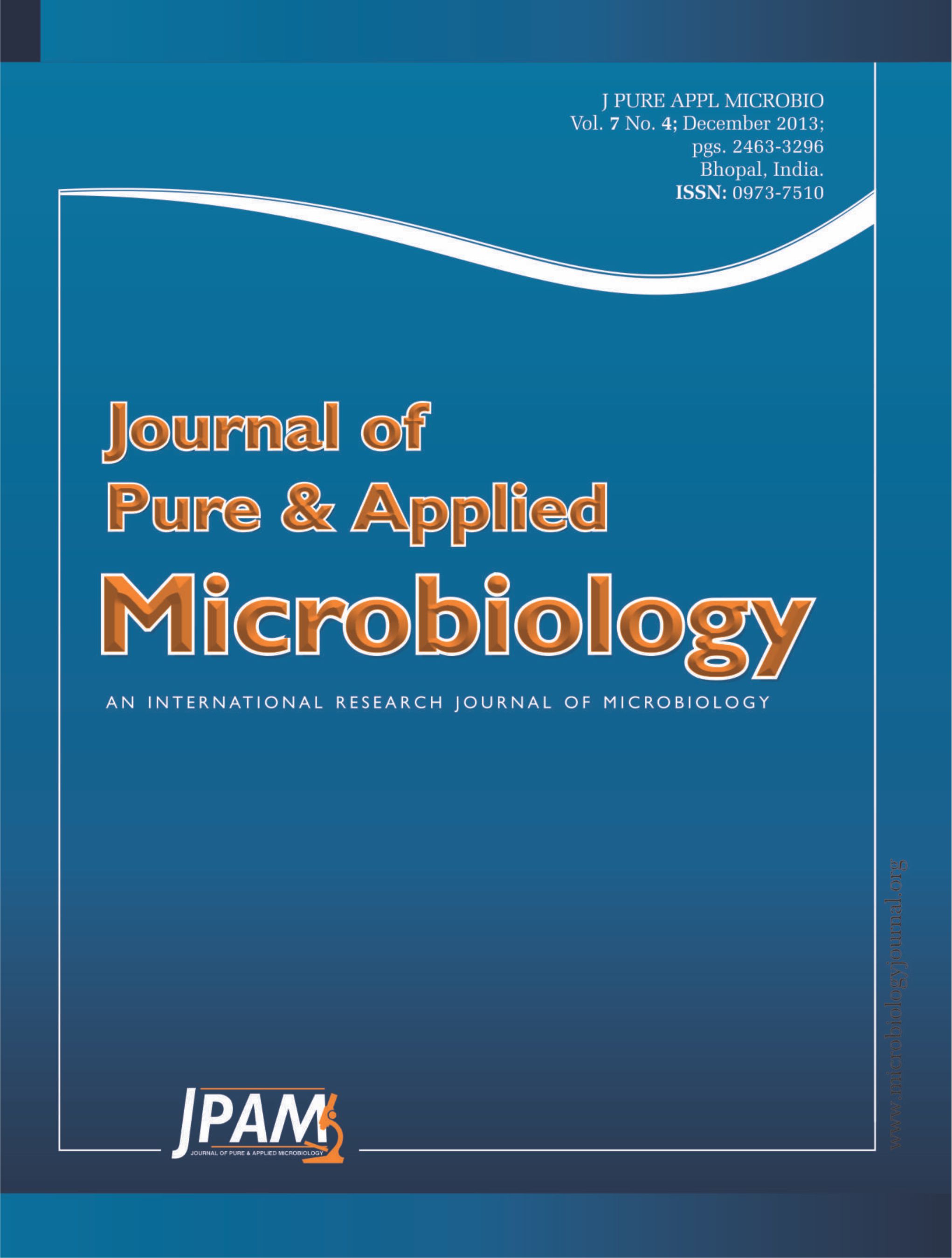Bacteriocins are proteinaceous compounds, which are ribosomally synthesized antimicrobial peptides produced by both Gram-positive and Gram-negative bacteria. They are phenomenologically analogous to yeast and paramecium killing factors, and are structurally, functionally, and ecologically diverse. Bacteriocins differ from the traditional antibiotics in one critical way. They have a relatively narrow killing spectrum and are toxic only to bacteria closely related to the producing strains. The bacterial membranes are the target for bacteriocins activity. Bacteriocins can be classified into several groups in which classes I and II are well studied. Bacteriocins have been used as biotechnological tools for therapeutic and commercial applications due to their specific modes of actions. Applications of bacteriocins include treatment of infectious diseases of both humans and plants and as preservatives in foods, pharmaceuticals, cosmetics and various biomedical products.
Lactic acid bacteria (LAB), Probiotics. Bacteriocins, Biosynthesis, Applications
© The Author(s) 2013. Open Access. This article is distributed under the terms of the Creative Commons Attribution 4.0 International License which permits unrestricted use, sharing, distribution, and reproduction in any medium, provided you give appropriate credit to the original author(s) and the source, provide a link to the Creative Commons license, and indicate if changes were made.


